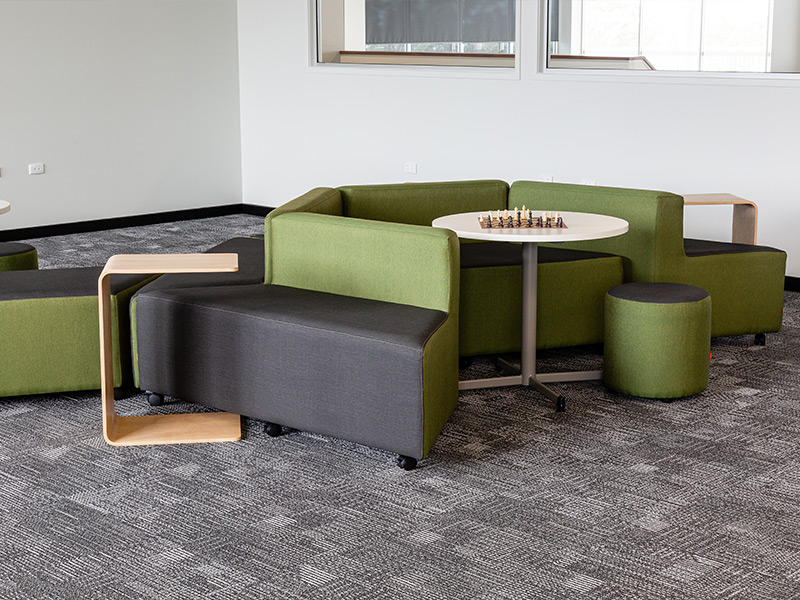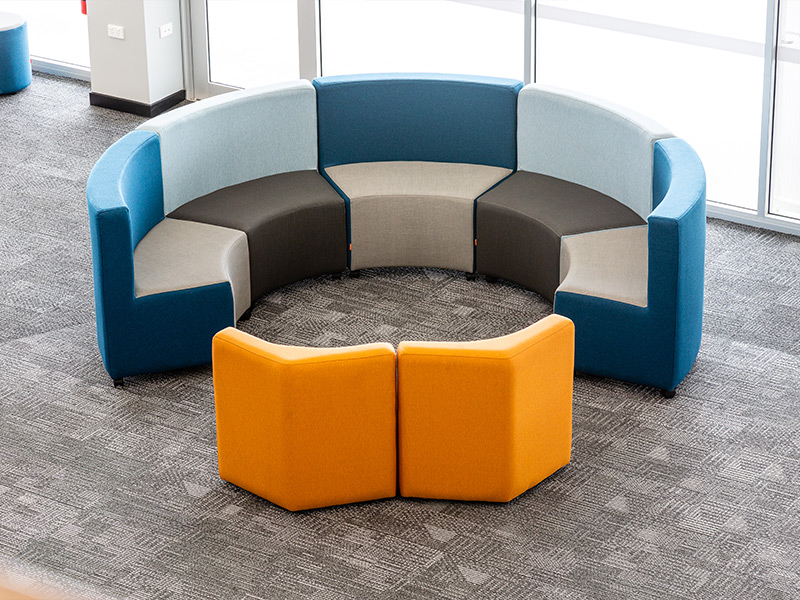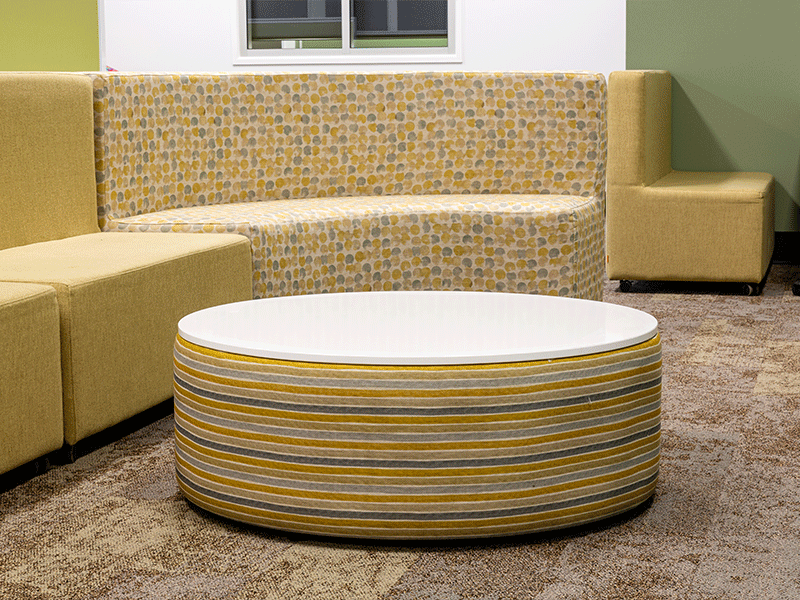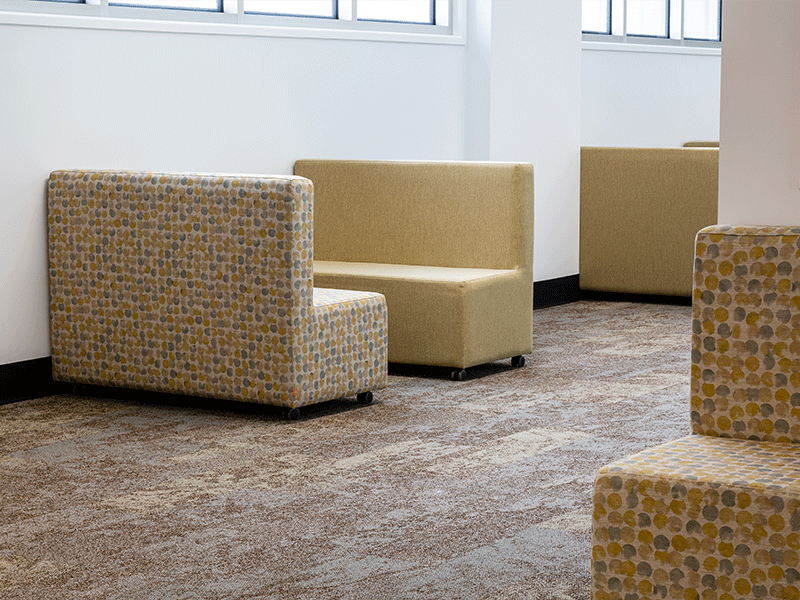
Waiting and reception areas are an important part of a customers' journey with a business or facility, and an opportunity to set a first impression.
When done well, the space can reinforce confidence in a person's decision to do business with a company… on the other hand it can also detract and put into question the quality of service they’re about to receive.
Let's take a closer look at why the design of your waiting room matters

1. First impressions count
People instinctively form a positive or negative impression moments into an interaction. Waiting rooms are that first interaction a client, partner, or new employee has of a company and we all know… first impressions count!
A comfortable, functional, and client-centric waiting room tells people that they are partnering with a team that has considered and cares about their end-to-end experience. On the other hand, an uncomfortable and uninviting waiting room can say the opposite (Key Interiors, 2019).
It’s important to consider the furniture, colour palette, lighting and even noise levels of the space and how they will influence a person’s first impression.

2. Waiting time is not wasted time
Using the example of health care; time spent in the waiting room can reach anywhere up to an hour, so it’s role in the health sector should be seen as an opportunity to improve patient satisfaction, confidence, and Practice efficiency. Utilising this time and space to educate patients on services offered, suggested health checks or mobile app guidance using screens or printed booklets, is a great way to engage and educate.
Studies show that longer waiting times are associated with lower patient satisfaction; however, by being occupied during the wait, this satisfaction is markedly increased, even if the length of waiting is unaltered. (Can Fam Physician, 2013)

3. Comfort is key
The tone of a client’s entire experience is set in this area and is an extension of the brand. Creating an inviting and functional space with furniture that is comfortable, good quality and modern is a great place to start. While of course physical comfort is essential, having your own space in a waiting area to prepare, think and relax is a key element of emotional comfort.
Combining soft furnishings, chairs and Ottomans gives the ability to create small private clusters while also filling up a large area of space. Mixing up durable finishes like vinyls and soft fabrics is a great way to add some welcome style and depth to the design.

4. All welcome
It’s not uncommon for a parent or guardian to bring young children with them to an appointment, interview, or meeting. Including a small play area for young children can be easily achieved with a few key pieces of furniture. Low interactive tables (like a Writeable Tabletop) and durable soft furnishings or floor mats (like Cushpods) that are play-friendly and easy to clean, are great furniture additions that instantly create a kid-friendly space.
Similarly, trendy low cushioned armchairs may look great but are often difficult to get out of for anyone with mobility challenges – it’s important to have supportive, accessible seating options available; a simple and meaningful way to demonstrate your consideration of all clients.
You're currently on the Australia website.
Select your region: